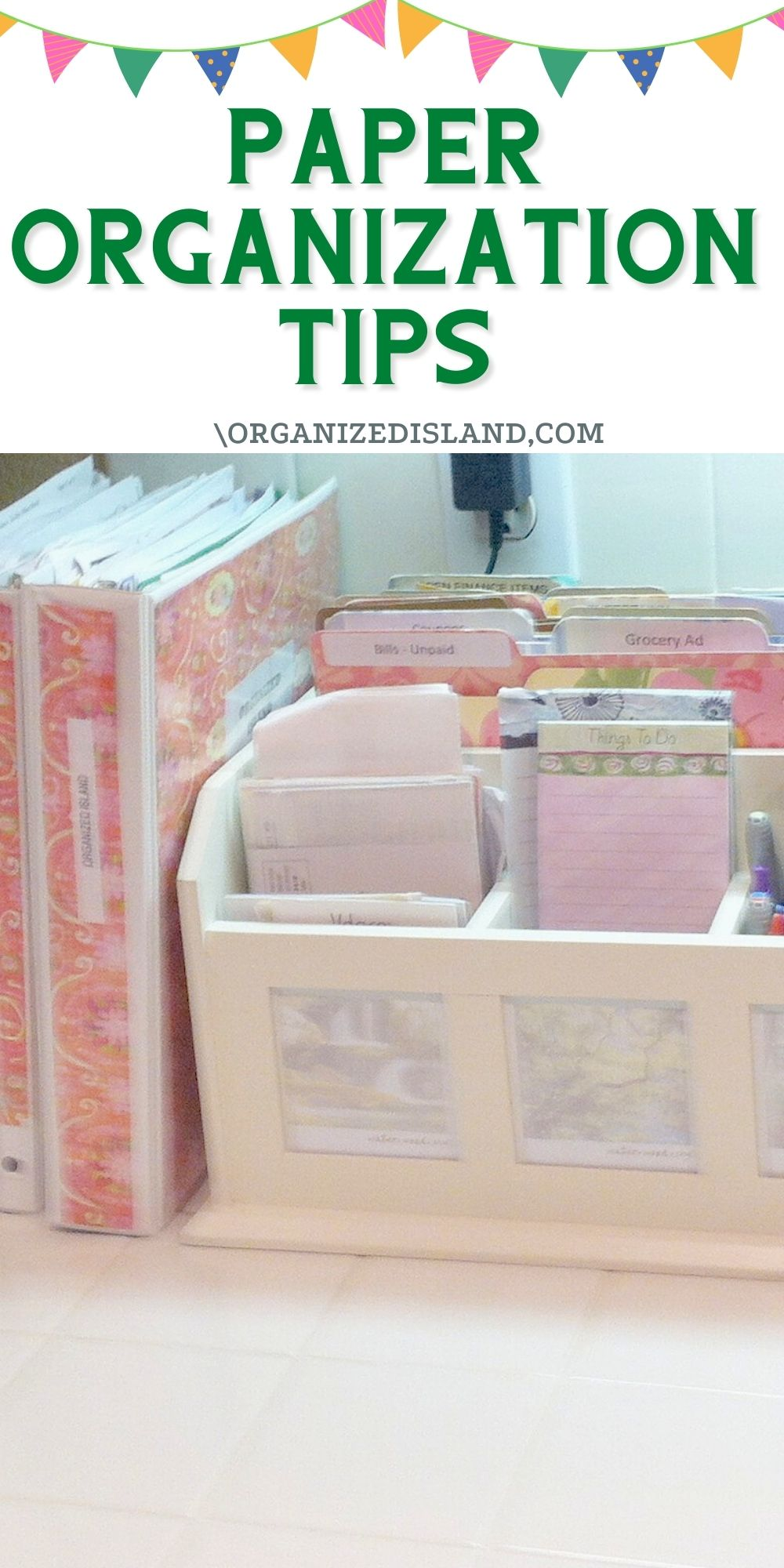Organize Your Home: Paperwork Storage Solutions

If you've ever found yourself swimming in a sea of documents, unsure of which papers to keep, toss, or shred, welcome to the club. Organizing paperwork can often feel like a daunting task, especially in a world that's increasingly going digital but still requires some physical documents. However, with the right approach to paperwork storage, you can declutter your space, save time, and even minimize stress. Here’s how to revolutionize the way you manage documents at home.
Why Organizing Paperwork Matters

Before diving into the solutions, let's understand why paperwork organization is crucial:
- Efficiency: Knowing where important documents are means less time searching and more time focusing on what matters.
- Financial Management: Organized paperwork helps in tracking expenses, managing bills, and keeping financial life in order.
- Legal Protection: Having important documents like wills, insurance policies, and medical records accessible can be invaluable during emergencies.
- Stress Reduction: An uncluttered space can lead to an uncluttered mind.
Step-by-Step Guide to Organizing Your Paperwork

Step 1: Gather and Sort

Begin by gathering all your papers in one place. Sorting them into categories like financial, medical, legal, household, work, and personal helps streamline the organization process. Here’s how you can sort:
- Actionable Documents: Bills to pay, forms to fill out, etc.
- To Keep: Tax records, home purchase/sale papers, medical records.
- To Shred: Junk mail, outdated documents, unnecessary copies.
📝 Note: Always shred sensitive documents to prevent identity theft.
Step 2: Create Storage Solutions

Now that you’ve sorted your paperwork, you need a place to store it:
Filing Cabinet
For bulk storage, nothing beats a good old filing cabinet. Here’s how to maximize its utility:
- Use color-coded folders for different categories.
- Label clearly - both on the folder and on the cabinet drawer.
- Keep frequently accessed files at eye level or in the top drawers.
Binders and Clear Sleeves
Binders are perfect for storing documents that you might need to refer to often:
- Use clear sleeves to preserve the integrity of the documents.
- Create an index page or use tabbed dividers for quick reference.
Expandable File Folders
Ideal for smaller quantities or for documents you need to access on the go:
- Choose one with a good number of compartments, labeled for each category.
Digital Alternatives
While not a physical storage solution, digital backups are essential:
- Scan important documents and store them in cloud services like Google Drive or Dropbox.
- Encrypt sensitive files for added security.
Step 3: Implement Retention Policies

Not all papers need to be kept indefinitely. Here are some guidelines on what to retain and for how long:
| Document Type | Retention Period |
|---|---|
| Tax Returns | 3-7 years |
| Bank Statements | 1 year |
| Pay Stubs | 1 year after receiving W-2 |
| Home Improvement Receipts | Forever (for tax purposes if selling) |
| Medical Bills | 1 year (or longer if needed for tax purposes) |
| Insurance Policies | Until superseded |

📅 Note: Laws and regulations on document retention can vary by location and change over time. Always check with local guidelines.
Step 4: Daily and Weekly Maintenance

The key to staying organized is consistency:
- Daily: Sort new mail immediately. Throw away junk mail, keep important documents in an “inbox”, and shred sensitive information.
- Weekly: Dedicate time to file documents, update your records, and clear the clutter.
Step 5: Review and Refresh

Set up a schedule to review your stored documents:
- Annually: Go through files to determine what can be shredded or digitized.
- Every 3-5 Years: Audit your filing system and refresh labels, dividers, or binders as needed.
Putting it All Together

Effective paperwork organization isn’t just about where you keep your documents; it’s about creating an ecosystem where each paper has its place, every action has a purpose, and the system itself is continually refined to meet your changing needs. By implementing these strategies, you’ll find that your space becomes more efficient, your financial life clearer, and your peace of mind significantly improved.
What should I do with medical records?

+
Keep medical records for at least one year after the treatment is complete or until the statute of limitations for medical malpractice has expired, which can vary by state. Some medical records might need to be kept longer if they relate to ongoing care or tax deductions.
How often should I update my storage system?

+
It’s advisable to do an annual review to declutter and ensure all your documents are up to date. However, updating labels, dividers, or the filing system itself might only be necessary every 3-5 years or when significant changes occur in your life or the law.
Can I digitize all my documents?

+
Many documents can be digitized, especially if they’re not legal originals that need to be kept physically. However, ensure to keep legal documents in original forms where required by law, and always have a backup of your digital files.



